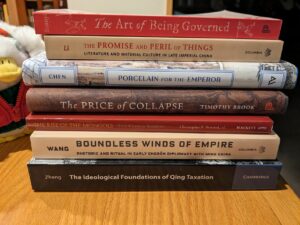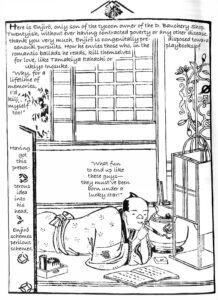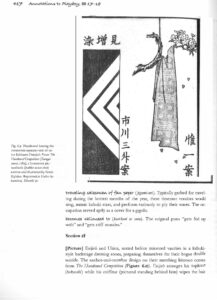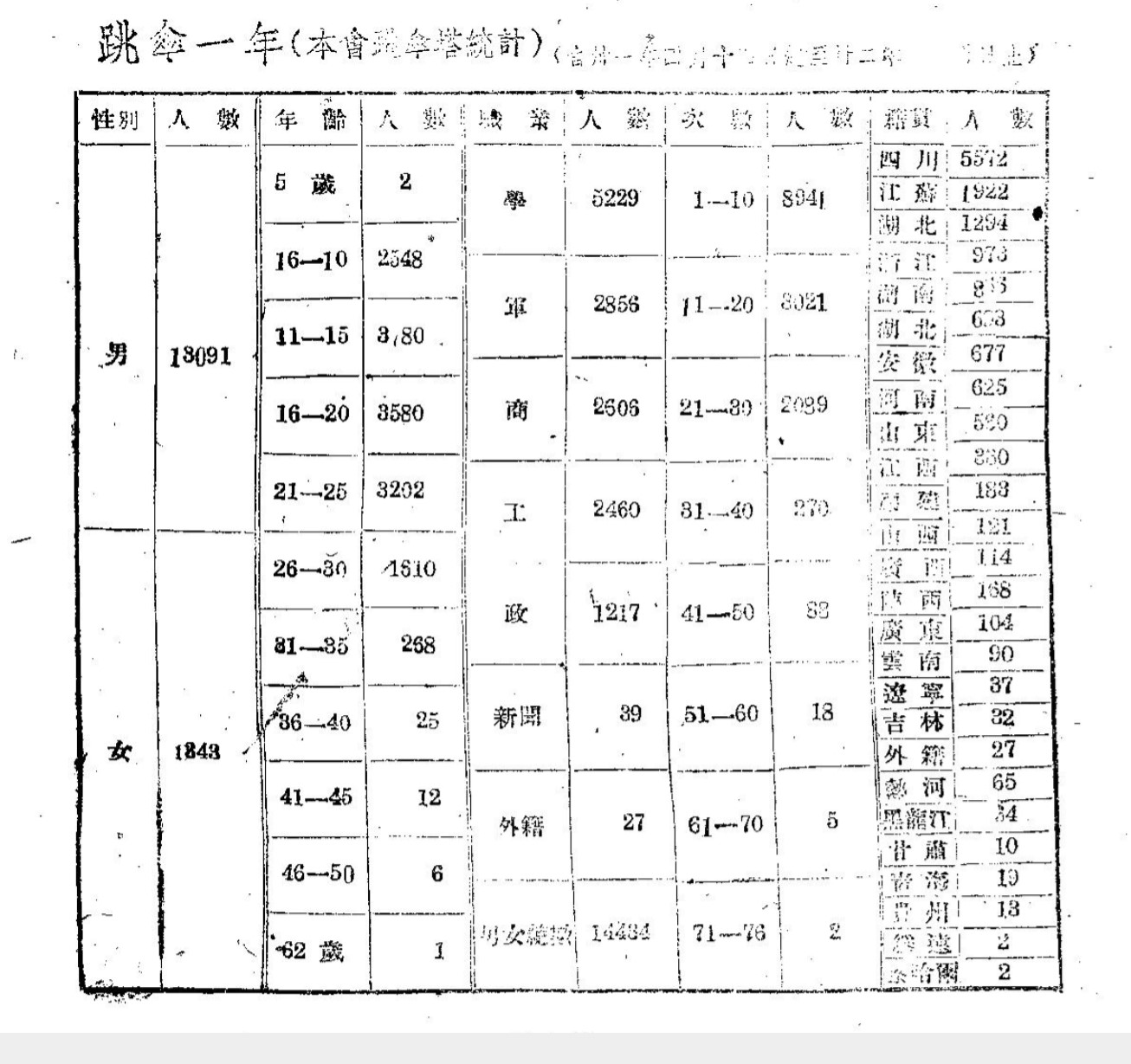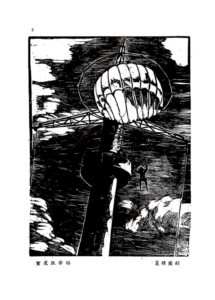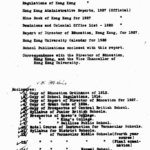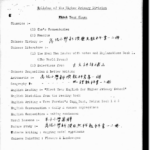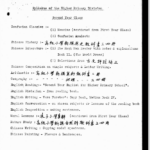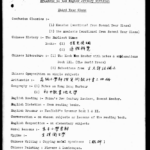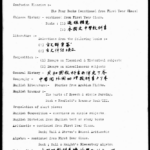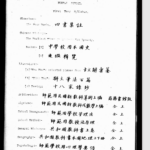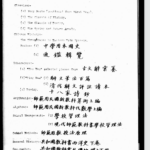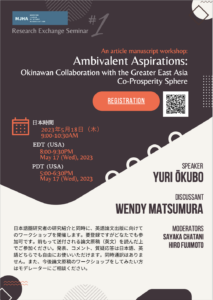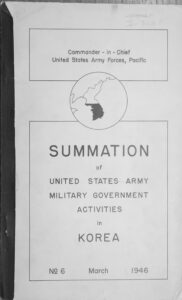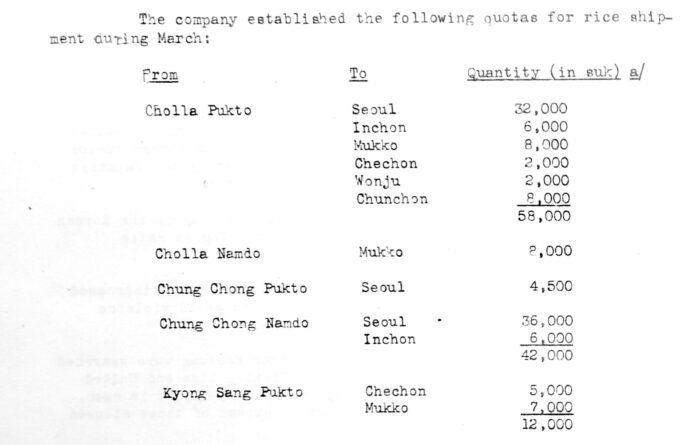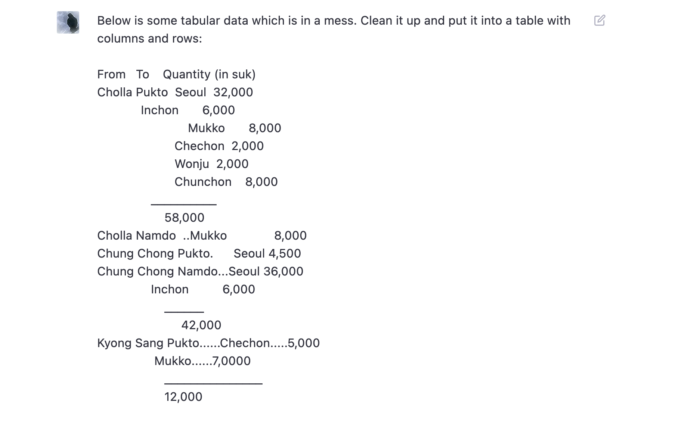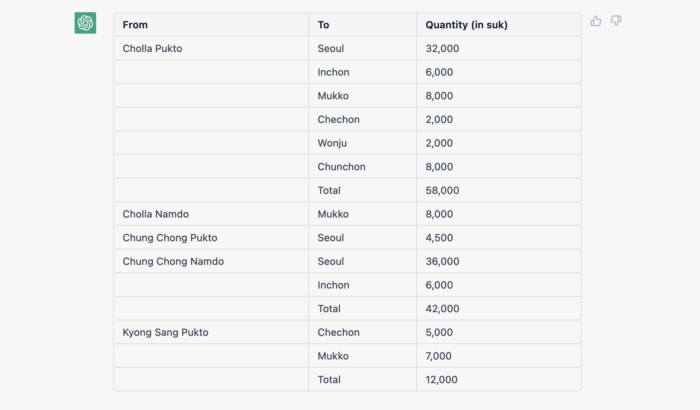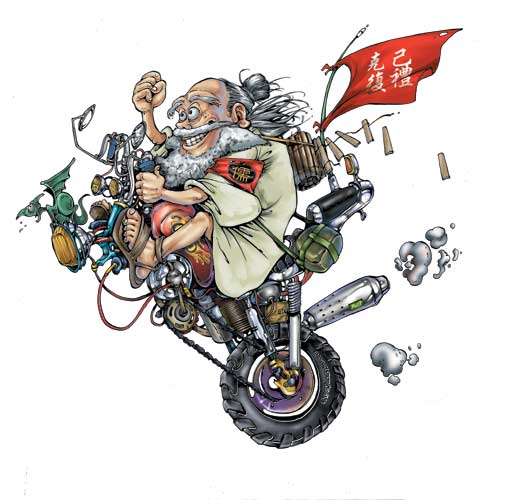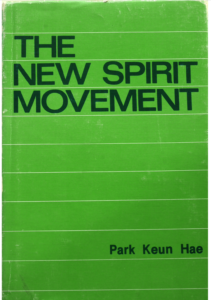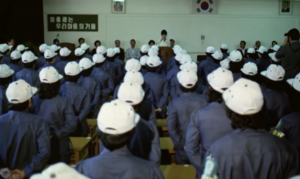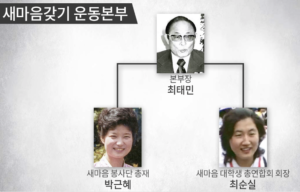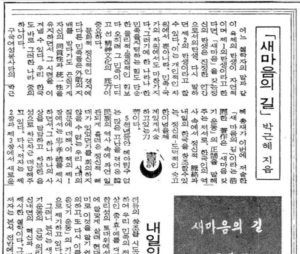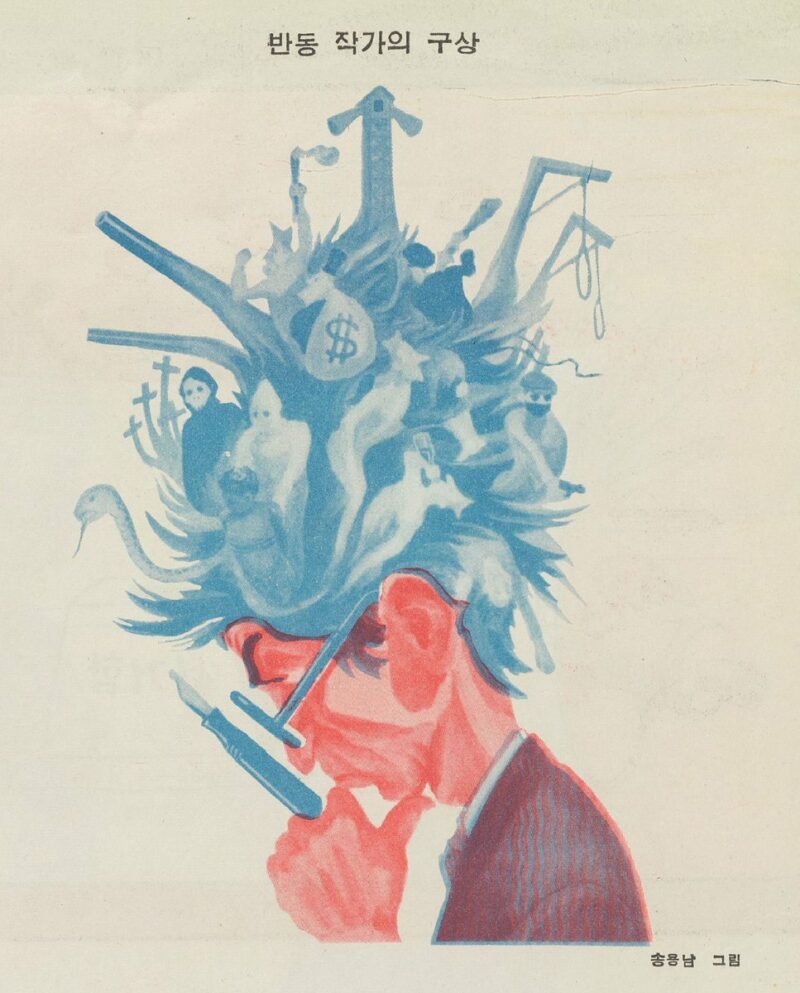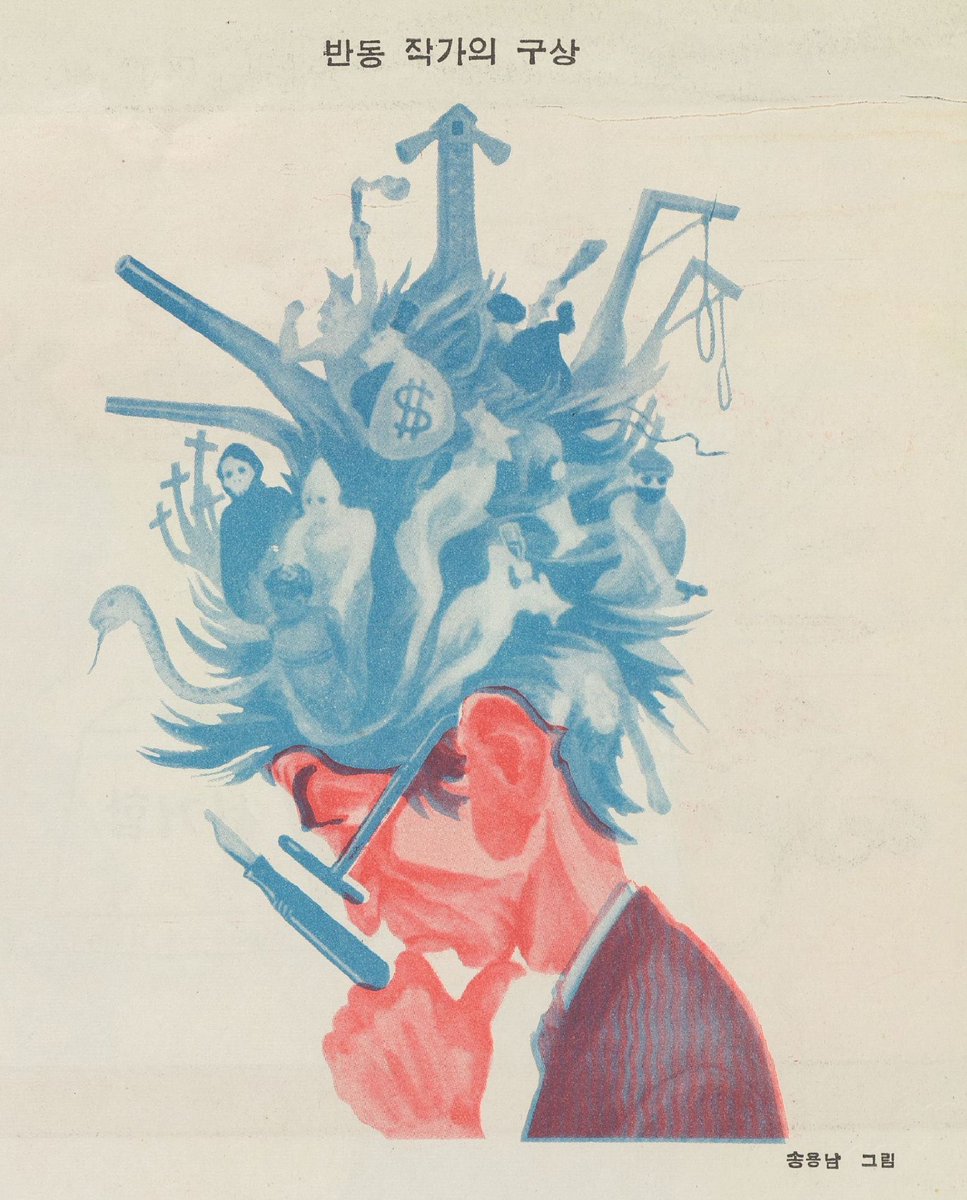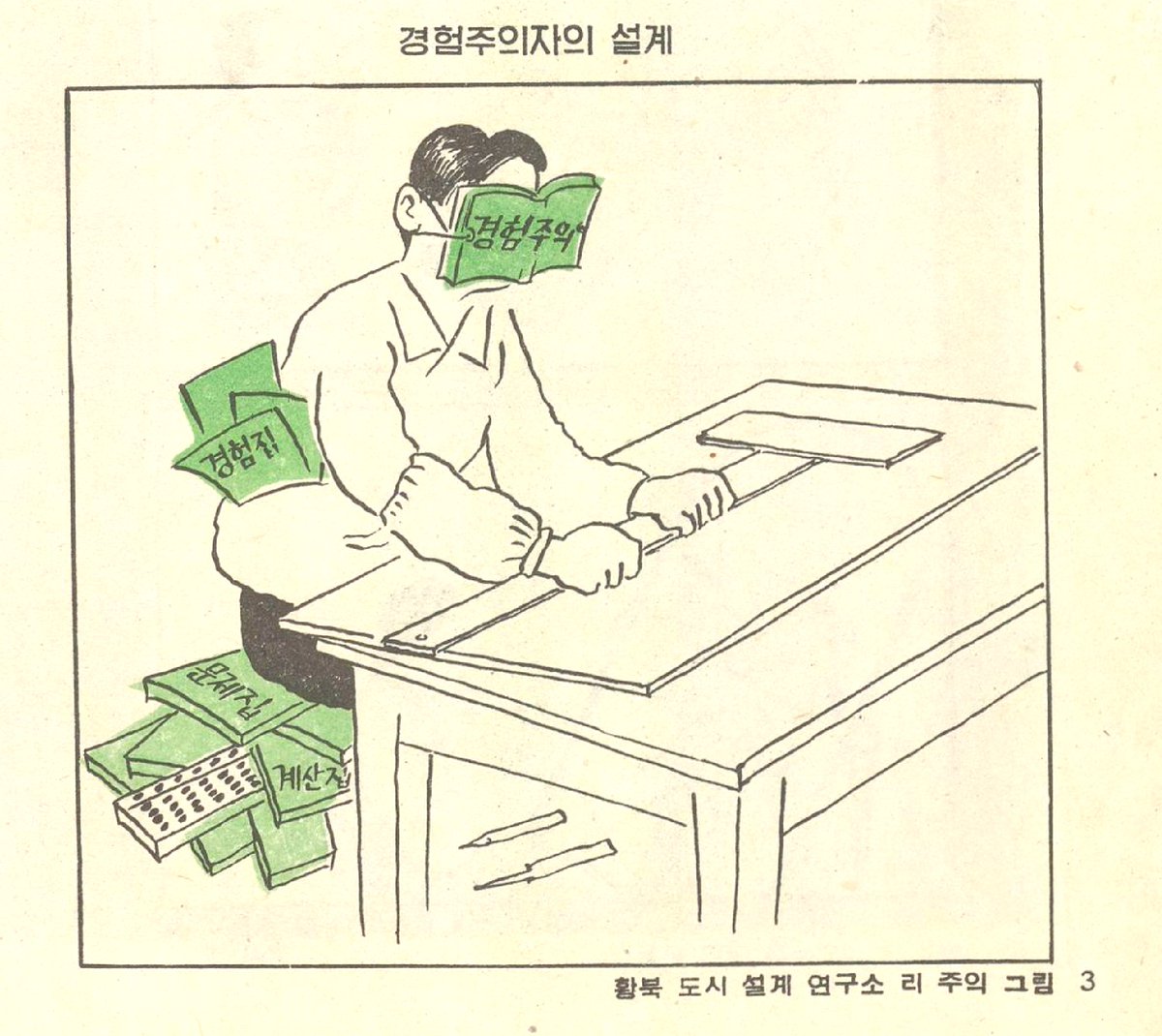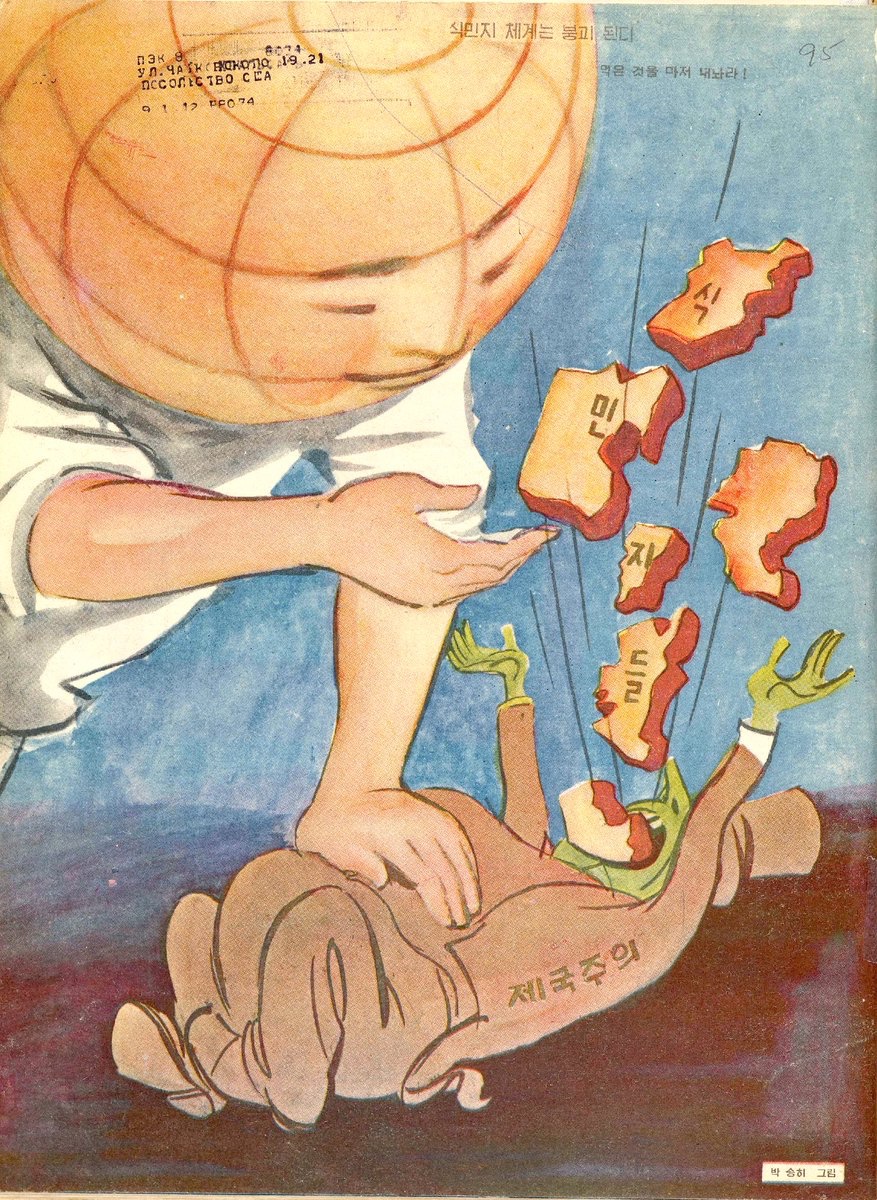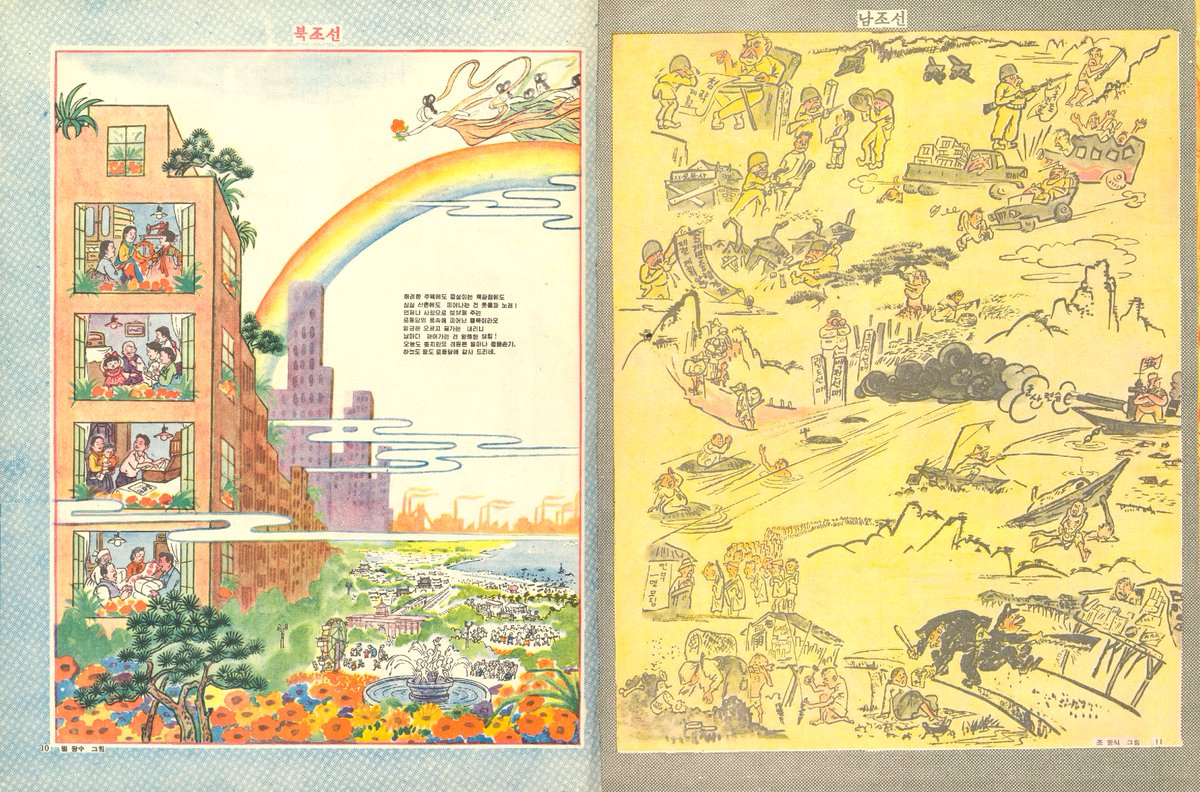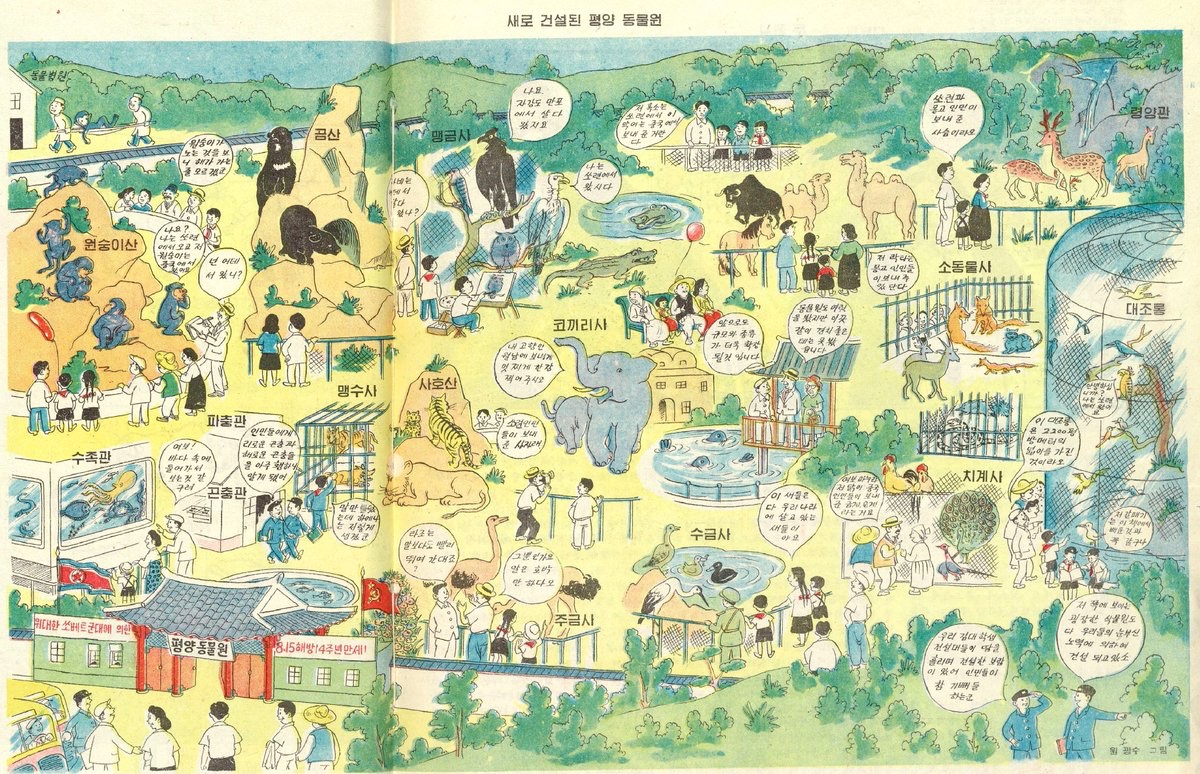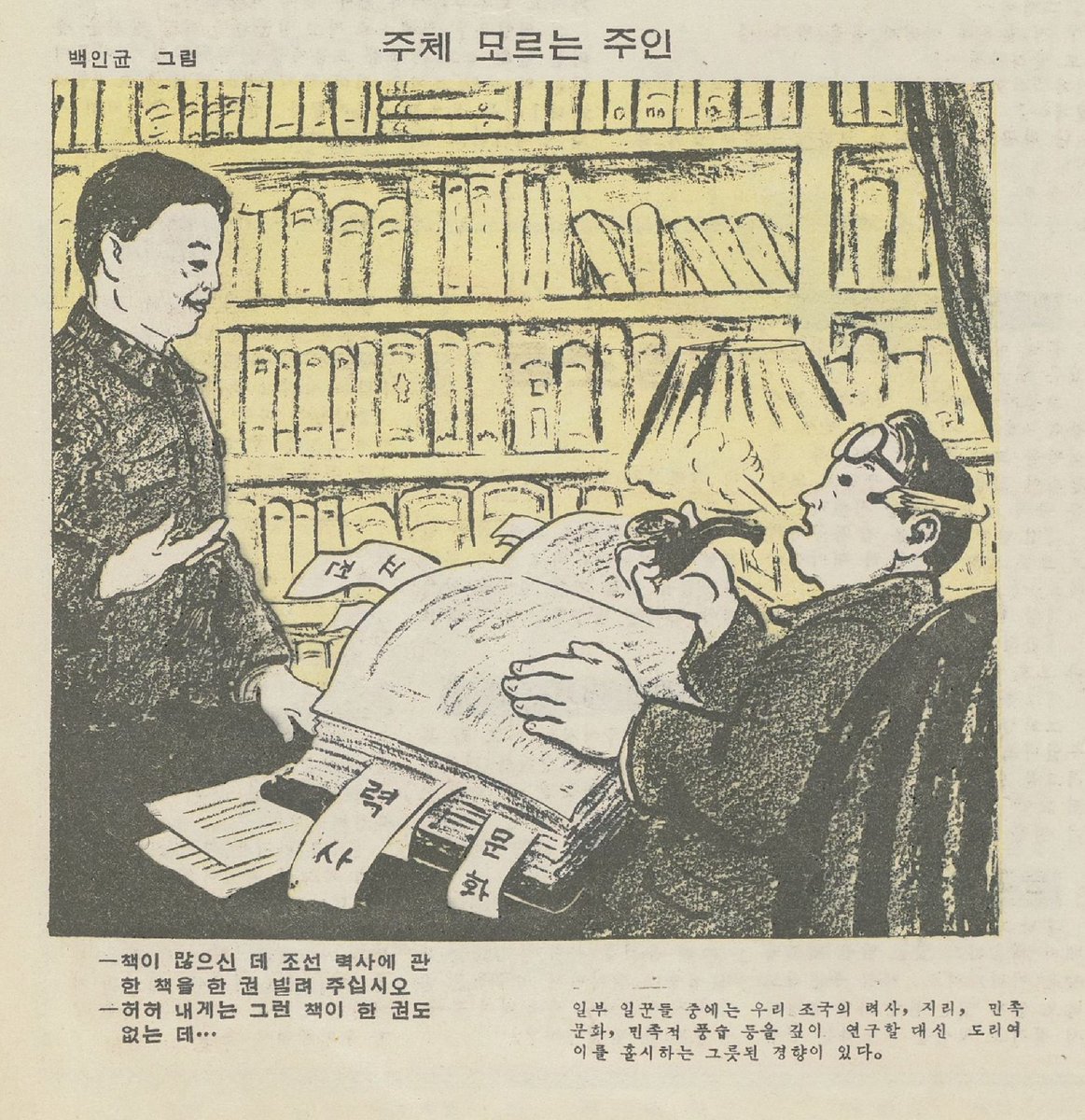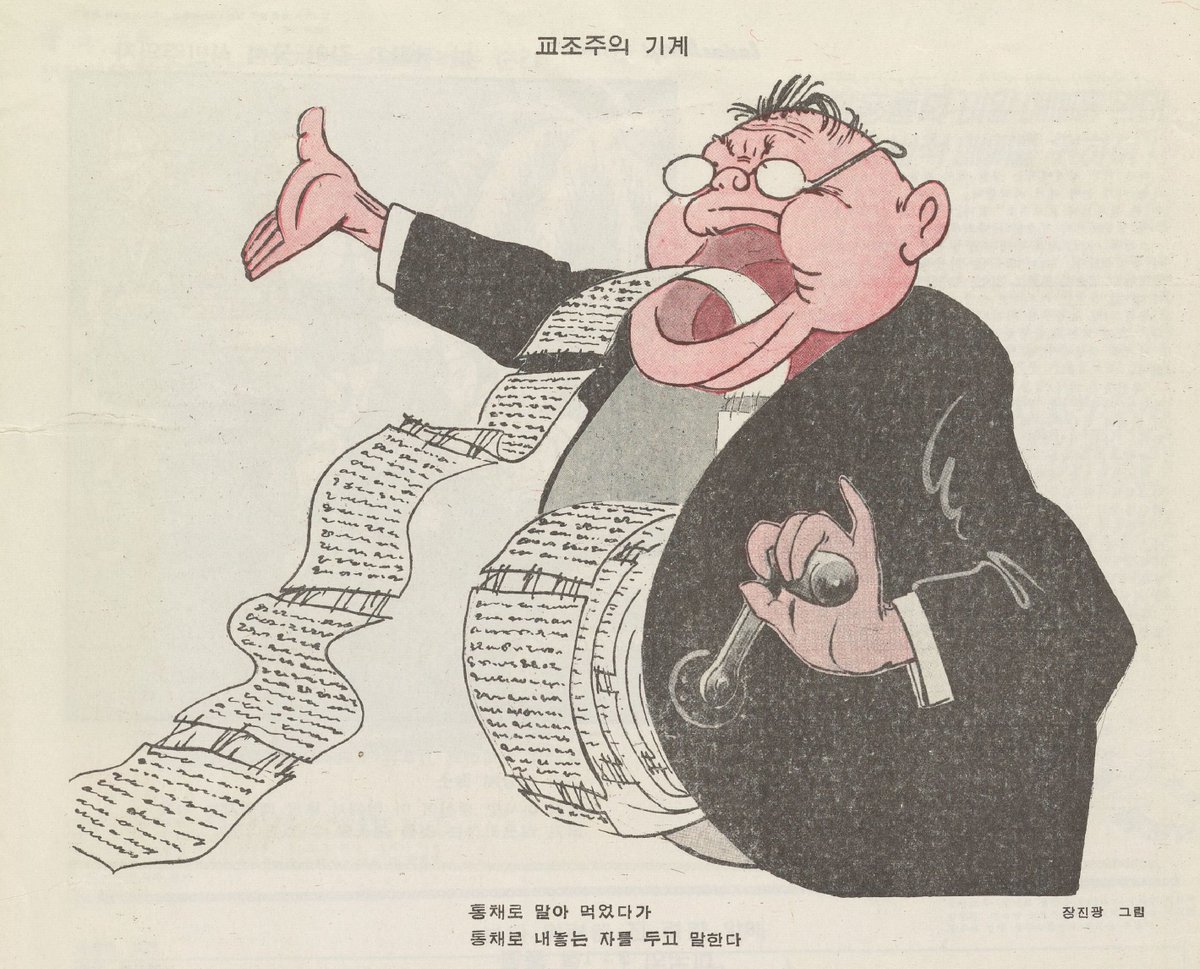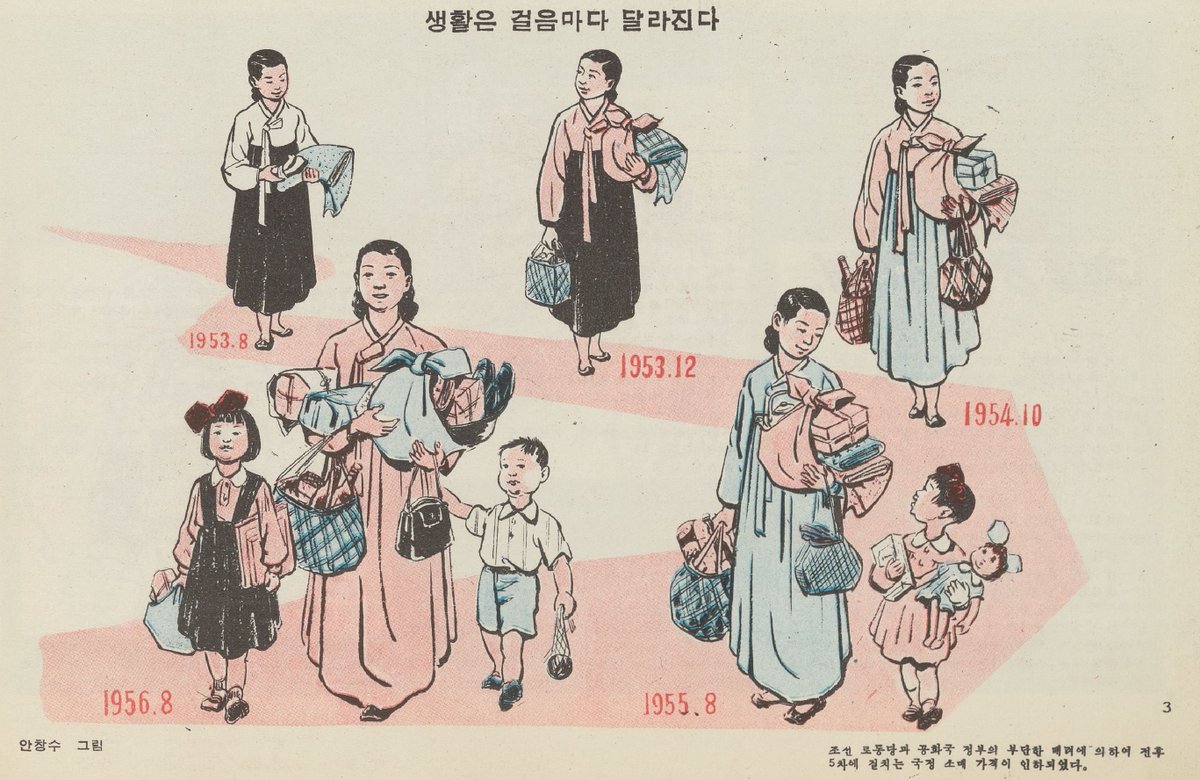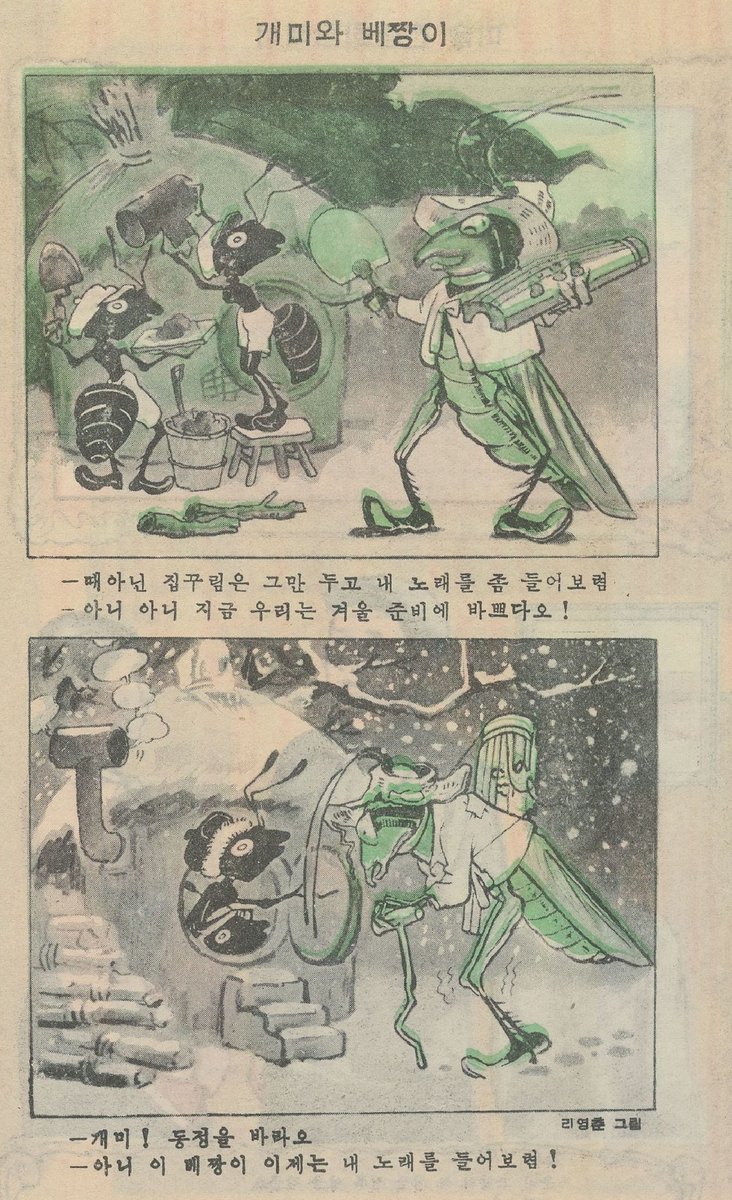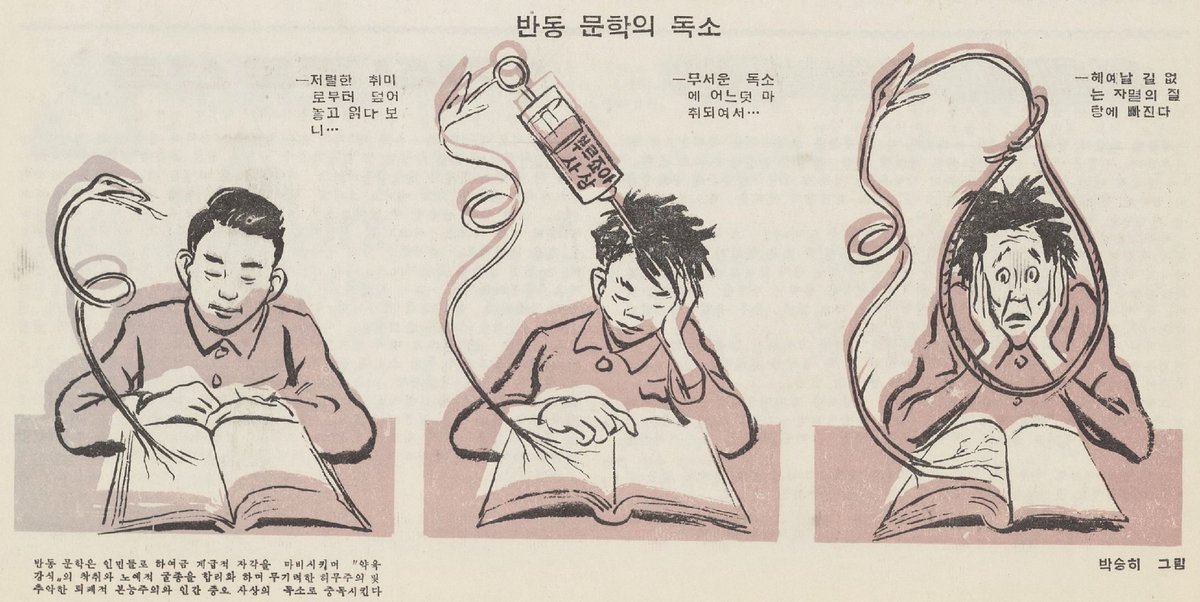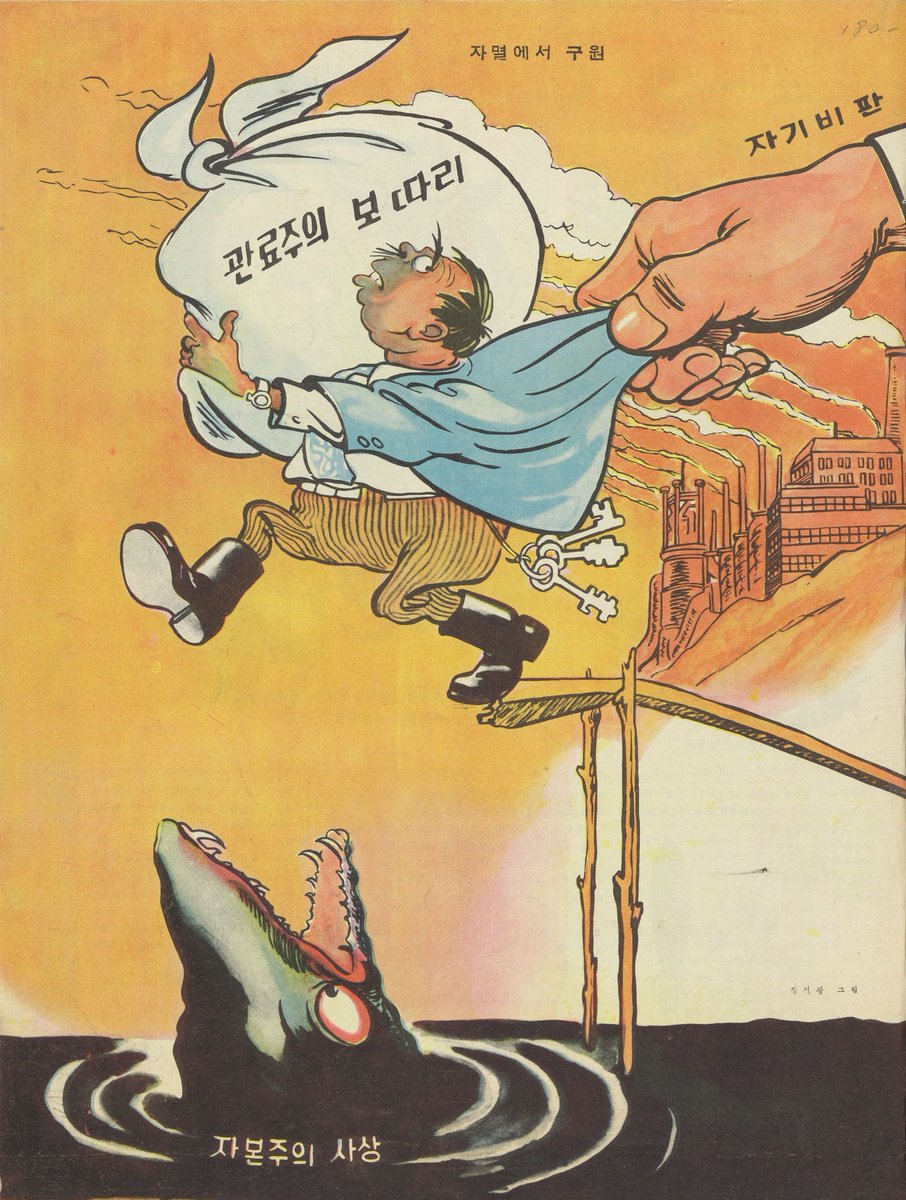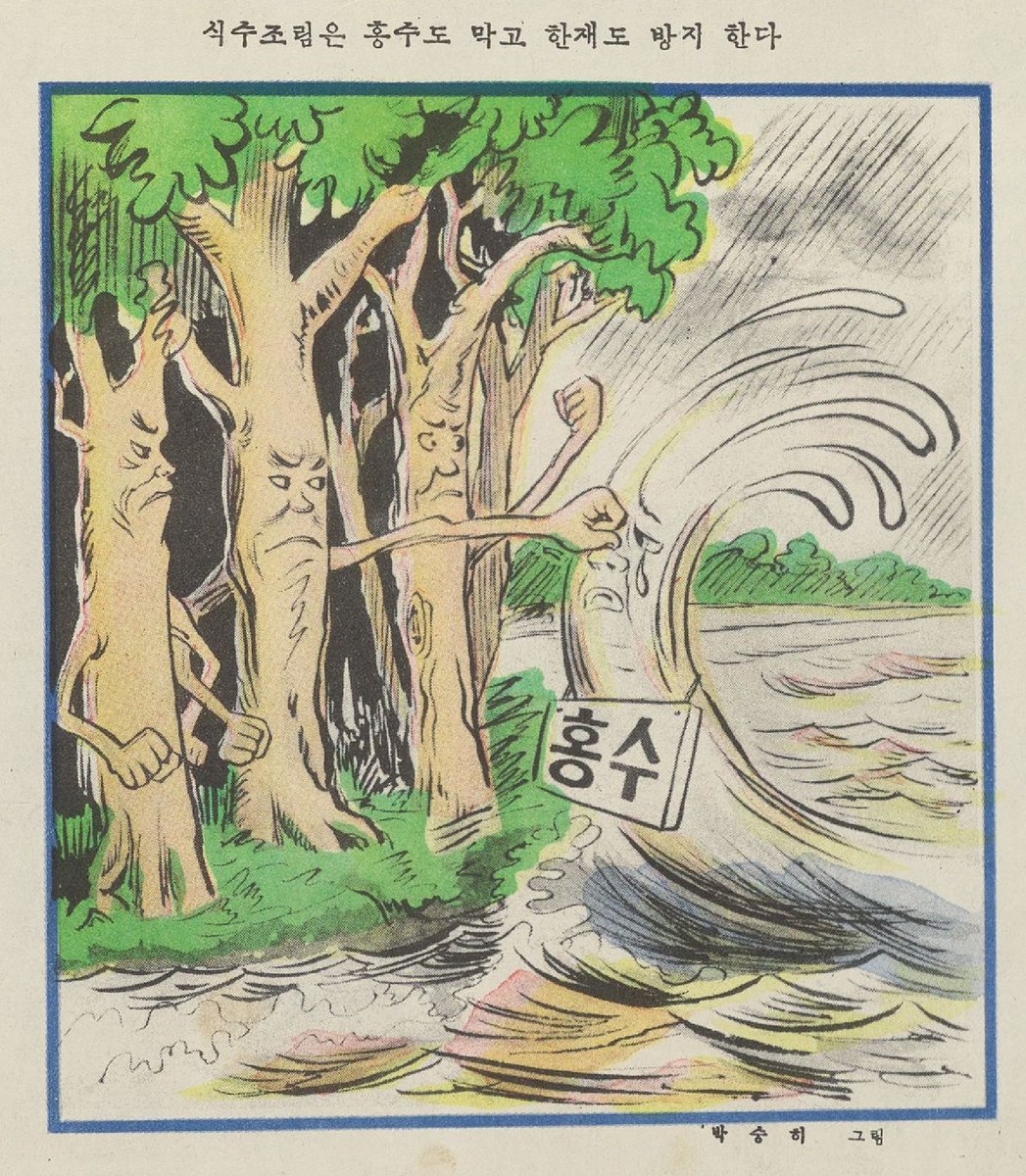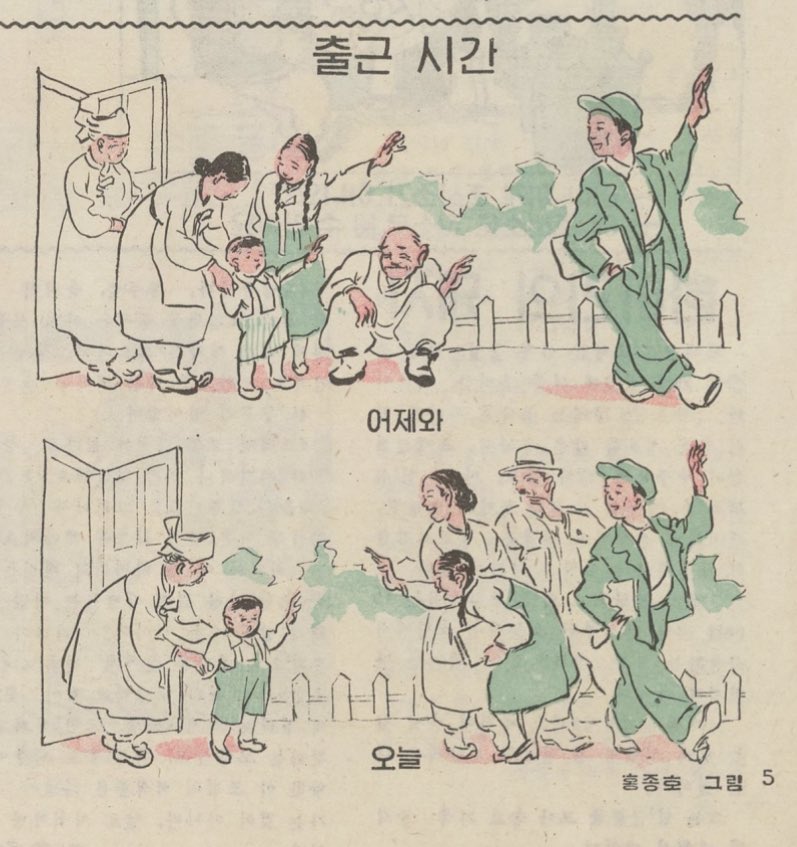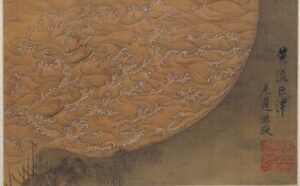
So, if the class makes1 I will be doing Late Imperial China in Spring. I was going to do a few weeks of basic stuff, do some Sanyan Stories, set up their research projects, and at the end do the Glory of The Qing and have them read Soulstealers.
This is a pretty social and cultural and economic class, and there are a lot of things I could put in between. What I was thinking of doing was picking a dozen or so possible topics and then letting them vote for the 6 or so they like best. Here are some early thoughts. Any other ideas?
***update-here are the winners. I think I will consolidate some of these, but these are the final votes.
| Bandits and pirates | 65 |
| Peasants and rebellions | 44 |
| Secret Societies | 38 |
| Elite women and culture | 25 |
| Common women and law | 22 |
| Lineages and family structure | 16 |
| Imjin War | 15 |
| Art-The painter’s practice | 14 |
| Tales of the strange | 14 |
| Borderlands | 13 |
| Agriculture and population | 12 |
| Tumu Incident | 10 |
| Opera | 10 |
| Jesuits | 9 |
| Taiwan | 9 |
| Urban life | 9 |
| Confucian rebels | 9 |
| Novels and popular literature | 9 |
| Commerce and silver | 7 |
| Tibet | 4 |
| Art-Collecting and cultural capital | 3 |
| Courtesans | 2 |
| Environmental history and the Little Ice Age | 2 |
| The Manchu Great Enterprise | 1 |
| Religion -popular | 1 |
| Salt | 1 |
| Local government and Yamen runners | 0 |
| Southern Ming | 0 |
| Religion- formal | 0 |
| Zheng He and Southeast Asia | 0 |
| The “tribute system” and foreign relations | 0 |
| Manchus and Han | 0 |
| Eunuchs and Bannermen | 0 |
| Law | 0 |
Bandits and pirates Pretty obvious what this is about, although we will see that the line between bandits and soldiers (and pirates and ordinary sailors) was often blurry.
Tumu Incident In 1449 a Ming army, commanded by the Emperor Yingzong was surrounded and captured by Mongol forces. The ensuing crisis tells us a lot about Ming politics and foreign relations.
Art-The painter’s practice We will not be able to do a unit on Chinese art, but we can do one on people who painted for money, which was one of the ways poor educated people got by.
Art-Collecting and cultural capital Why do people want art? What role did owning and knowing about it play in being a shi?
Borderlands This is a more Qing topic, but throughout the period relations with non-Han people inside the empire were important.
Local government and Yamen runners What happened when the bottom level of the official system met commoner society?
Courtesans Buying sex and culture for money was something Chinese men loved to do and write about.
Tibet Tibet became part of the Qing empire in 1720 and Tibetan Buddhism was the cultural glue that held Qing Central Asia together.
Lineages and family structure The lineage was one of the most important innovations in family structure in the period.
Southern Ming Loyalists continued to support the Ming, and we can do a unit on why this was so important to them.
The Manchu Great Enterprise How did a small tribe become rulers of China?
Jesuits China was one of the great targets of missionary work, and the Jesuits of Beijing were at the center of one of the great examples of intercultural communication in the period.
Tales of the strange Sanyan Stories are pretty realistic. Well, at least they are less weird and supernatural than Pu Songling, and we could do a unit on his Strange Stories.
Religion- formal Buddhism was the most organized and socially important religions in the Ming, and Tibetan Buddhism had a huge political role in the Qing.
Religion -popular “Superstition” and the things people believed and did in their everyday lives.
Confucian Reformers From the Late Ming Donglin group to Qing Evidential Research there were all sorts of reformers around.
Zheng He and Southeast Asia Zheng He’s voyages are one of the famous events of World History, and while he did not conquer much the voyages did create a new relationship between China and Southeast Asia.
The “tribute system” and foreign relations This has been the topic of a lot of work of late, and versions of this system were important throughout the period.
Manchus and Han In the Qing the Manchus were the dominant group, and their relations with the Han majority mattered a lot.
Eunuchs and Bannermen In both the Ming and the Qing the rulers had a separate bureaucracy, but there were some important differences between them.
Women Two possible women’s history units would be
-Elite women and culture-Particularly in the Qing, elite women wrote poetry, produced art and participated in literati culture
-Common women and Law-More ordinary women tend to turn up in the sources when they get involved in a legal matter, so this is more a unit on the legal system and things like marriage, prostitution, etc.
Imjin War In 1592 Japan invaded Korea, and the Ming intervened to protect the Korean state. This is a great place to look at foreign relations and the military.
Opera The most popular art form
Secret Societies From the Red Turbans to the White Lotus these were the way ordinary people organized to protect themselves and get justice.
Agriculture and population Most people in China were farmers, and the rapid expansion of agriculture and population in the period were linked.
Peasants and rebellions A slightly different focus than the topic above
Taiwan Was a center of Ming resistance, a pirate haven, a Dutch colony and eventually a frontier region.
Salt A key source of state revenue, a great thing to smuggle, and something everyone would buy.
Environmental history and the Little Ice Age The Little Ice Age was one of the reasons for the fall of the Ming, and the growing pressure on resources was a major issue in the Qing.
Urban life Beijing, Suzhou, markets, temples, festivals. A huge chunk of Chinese culture happened in the urban areas.
Confucian rebels Li Zhi, and other literati eccentrics and rebels.
Novels and popular literature Love? Bandits? It is all here.
Law Law cases generated a lot of what we know about ordinary life.
Commerce and silver China was the center of the commercial world, and economic growth led to social and cultural transformation.
Our administration is on the warpath against “boutique” classes and majors ↩

